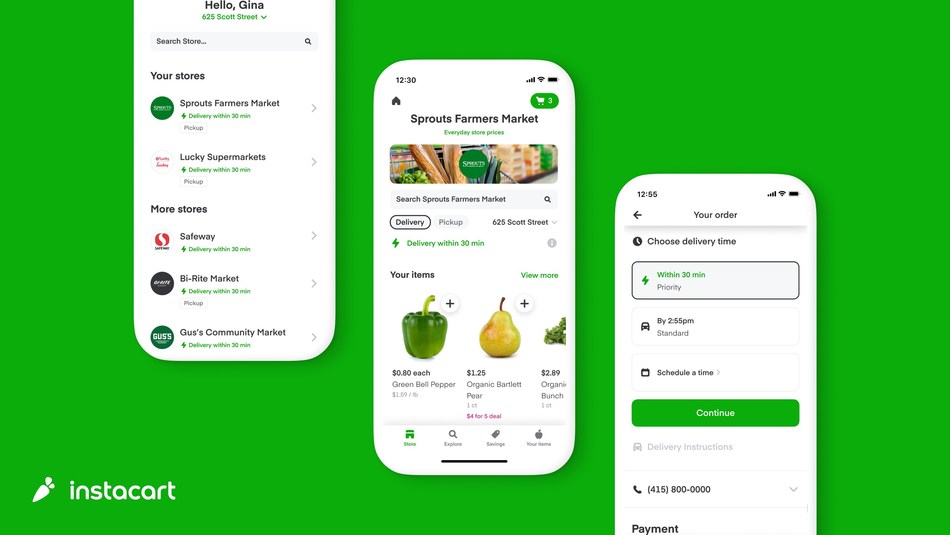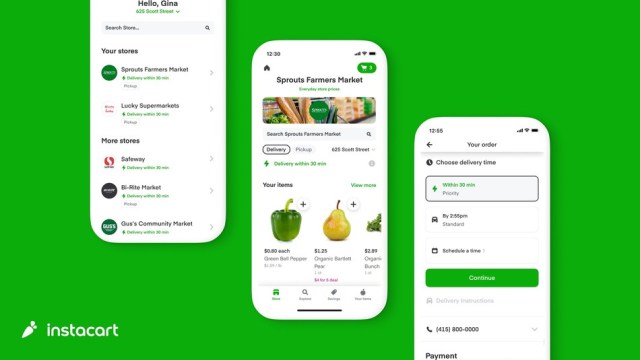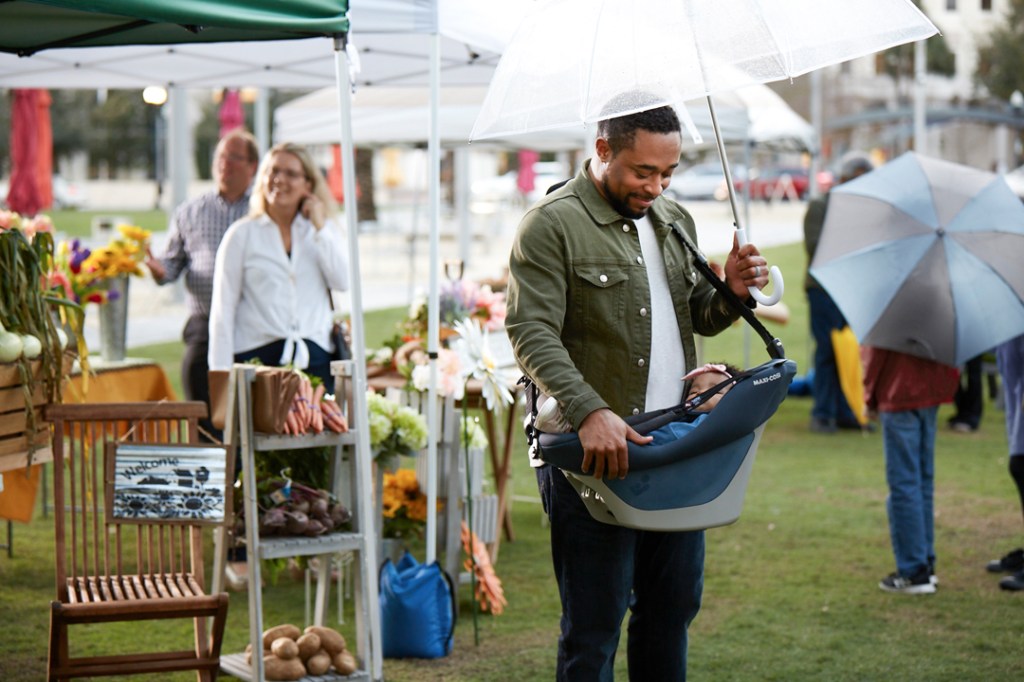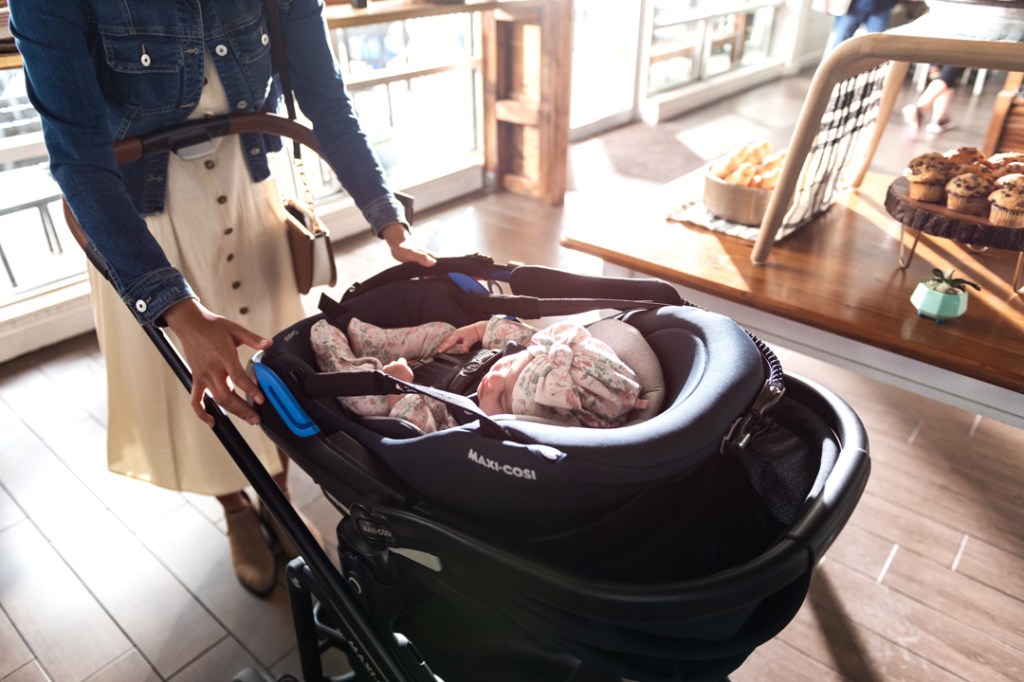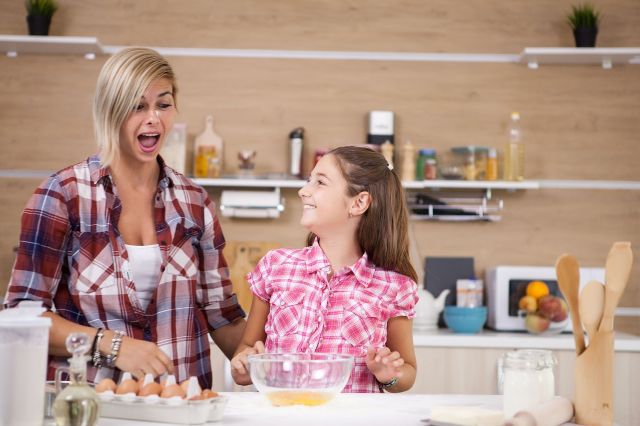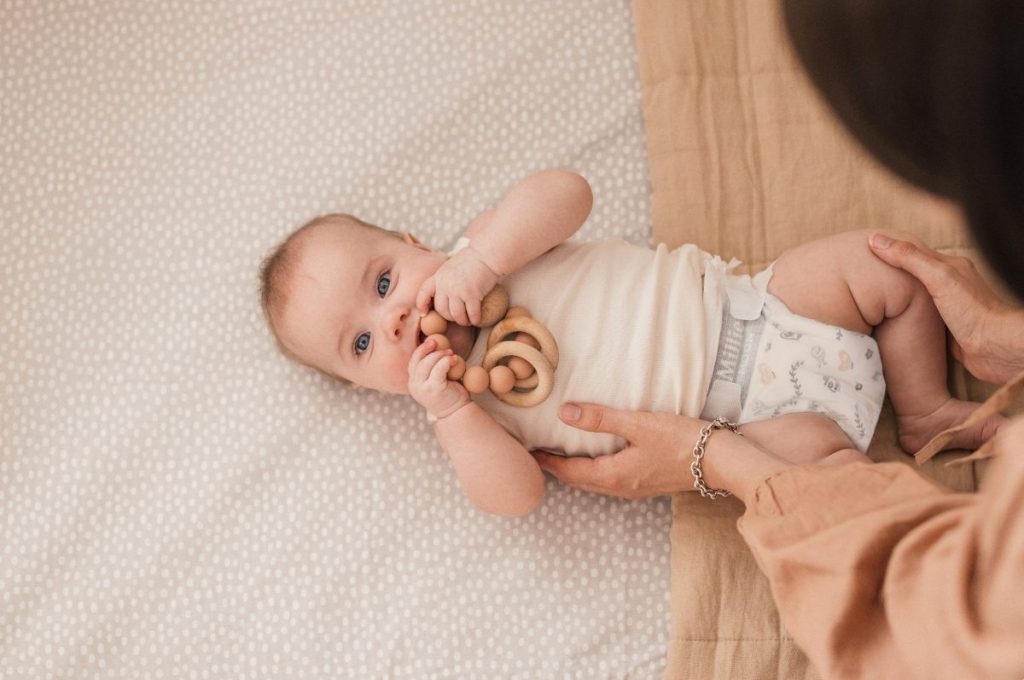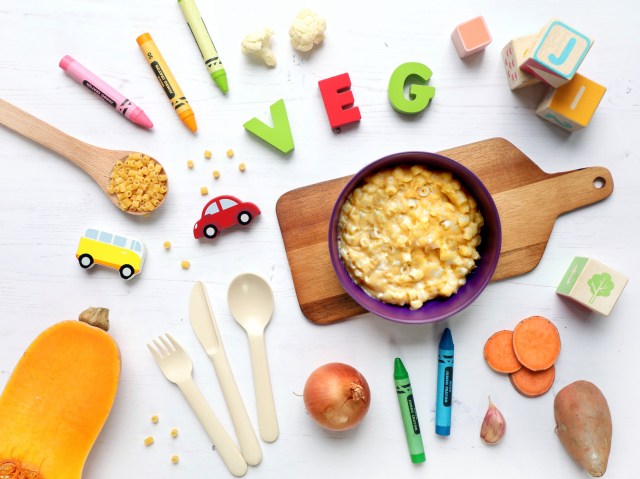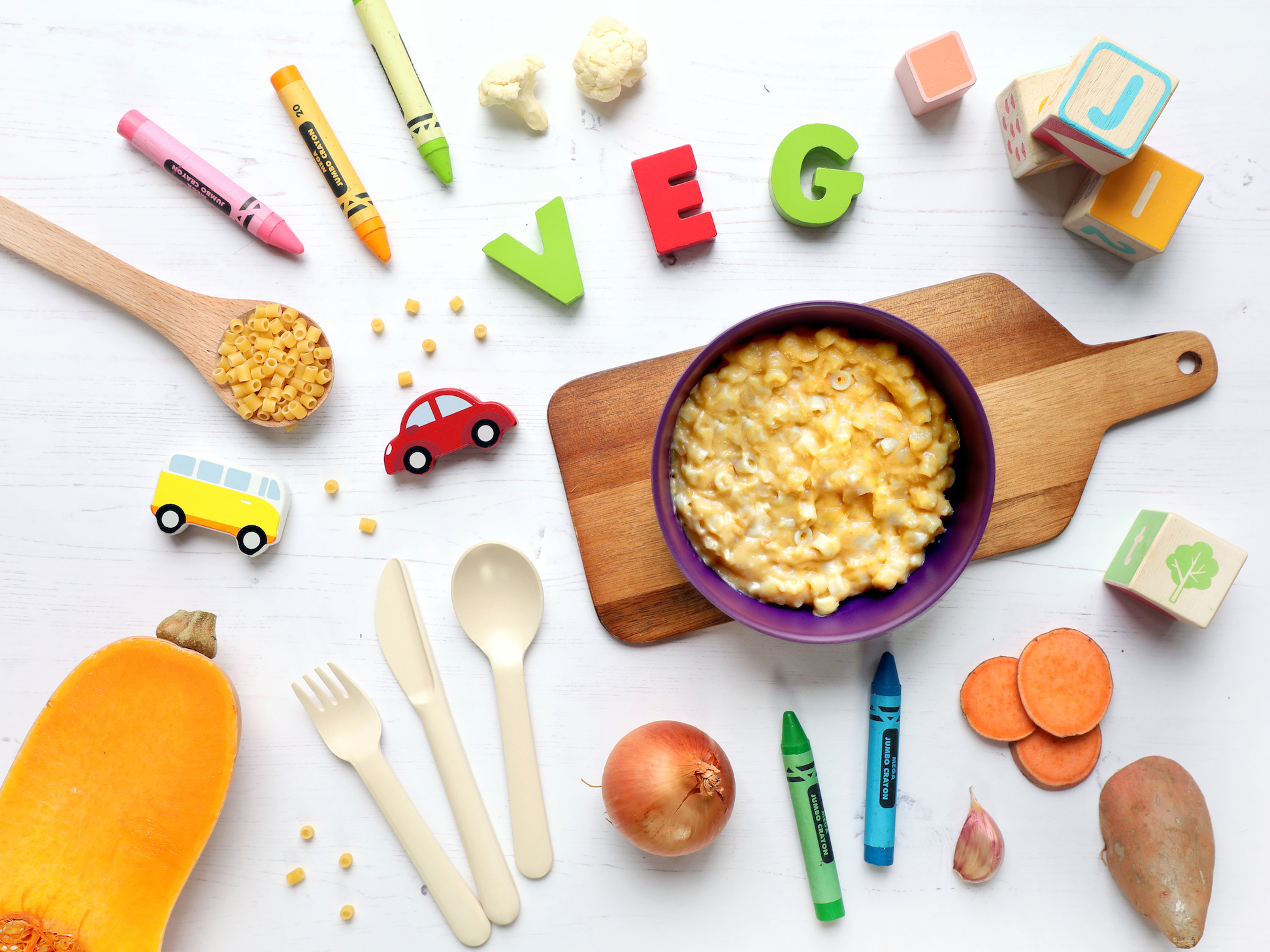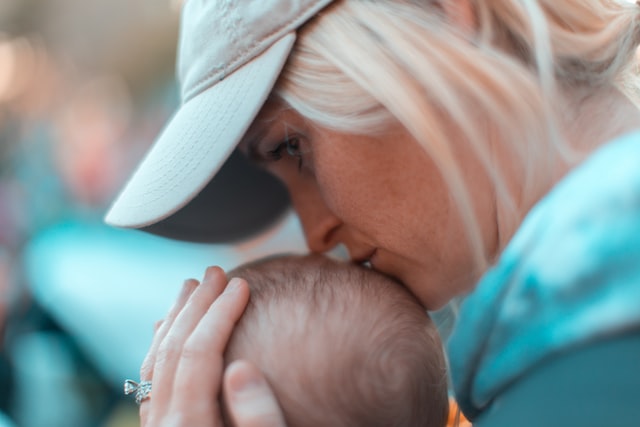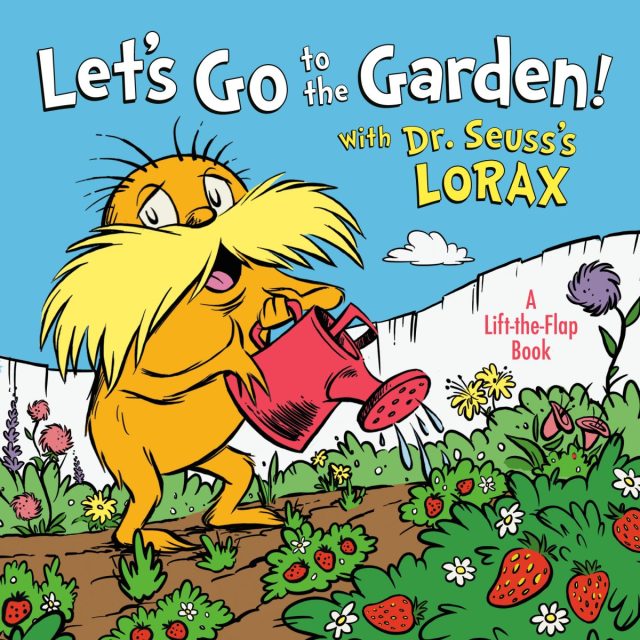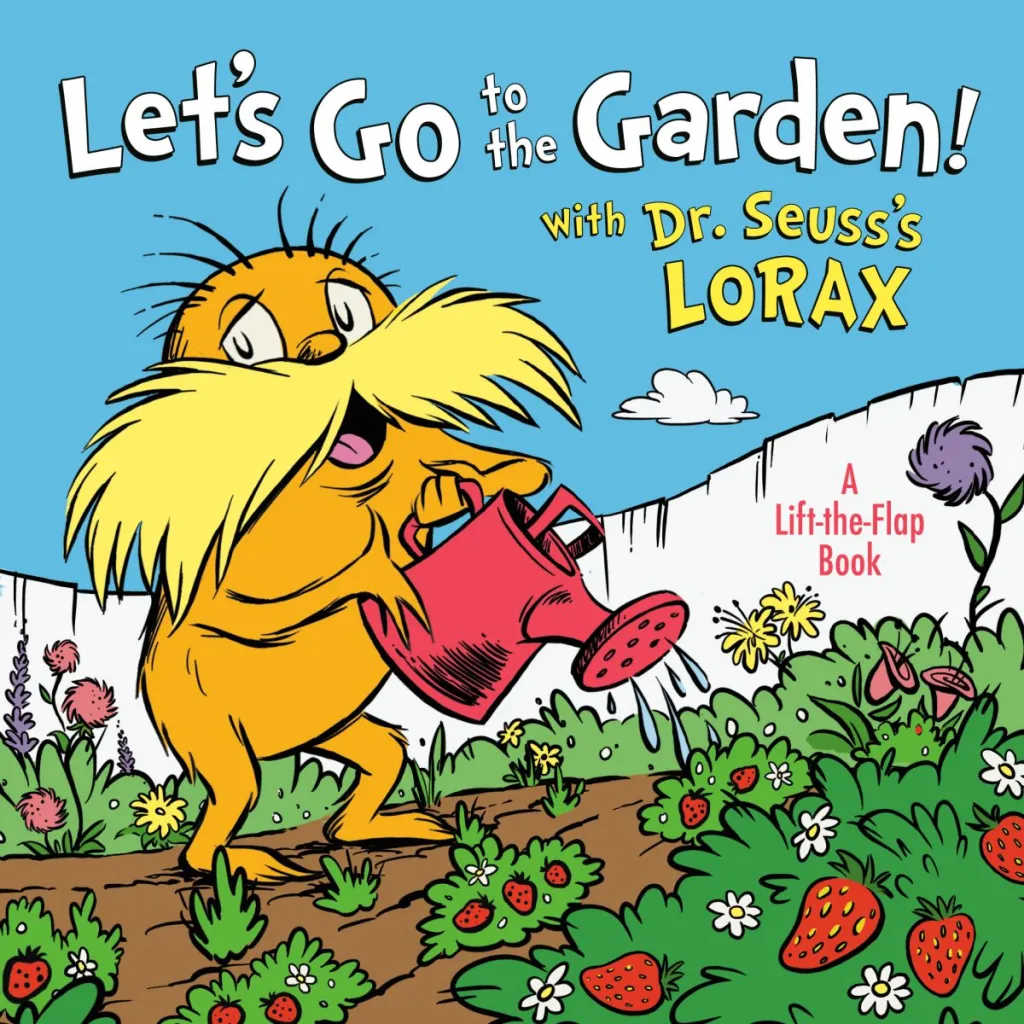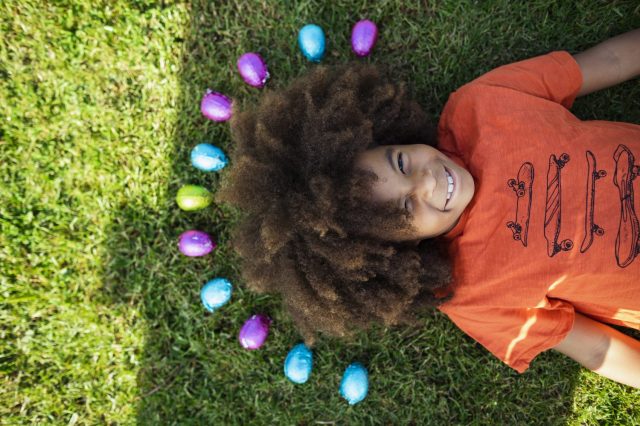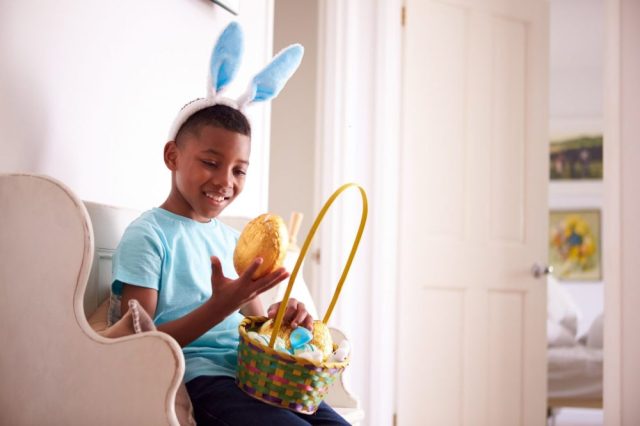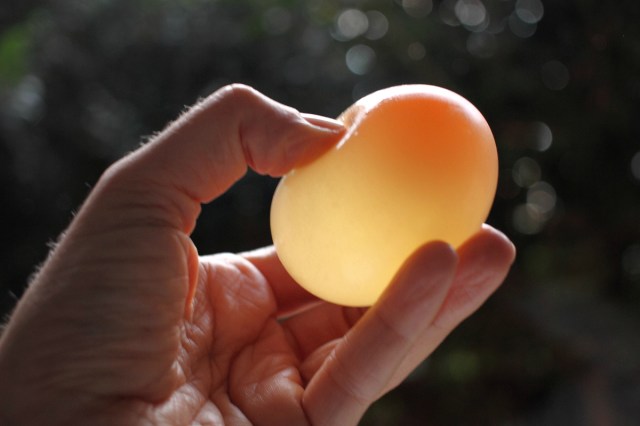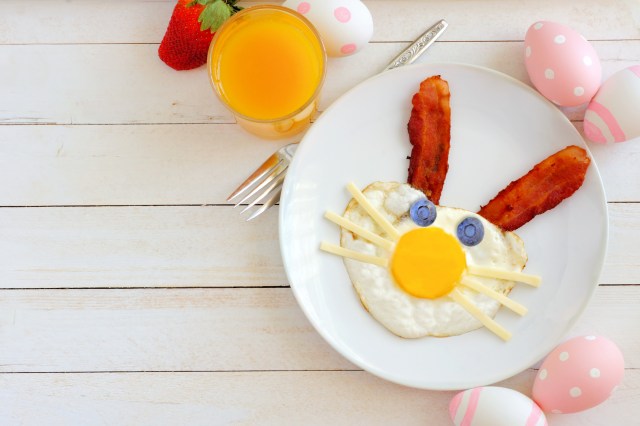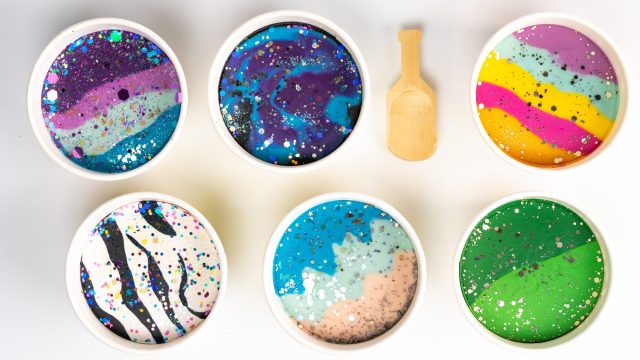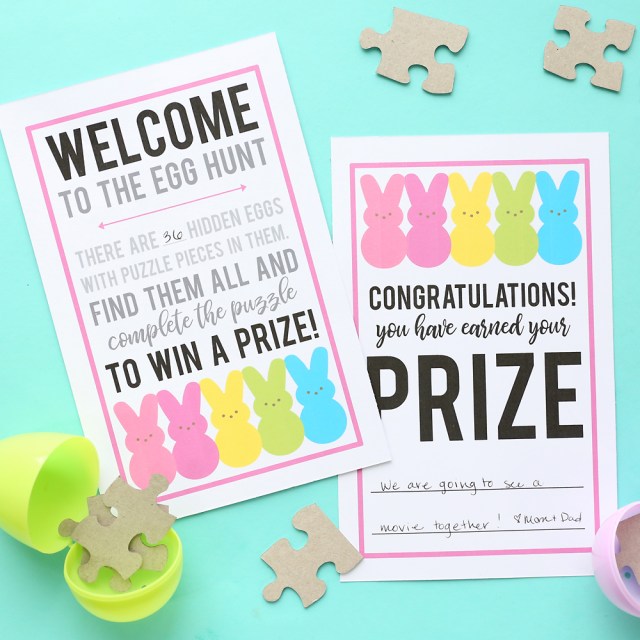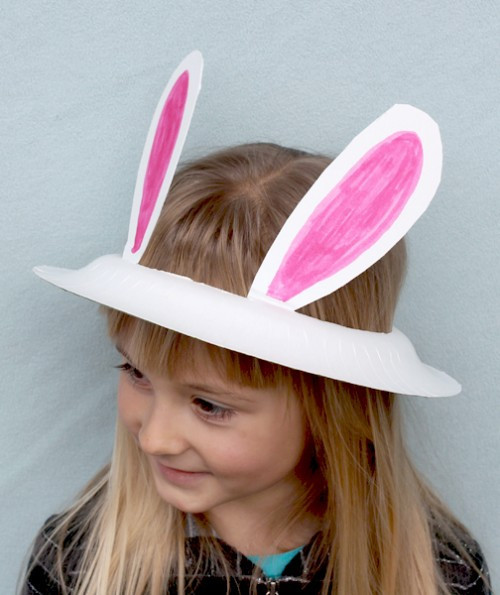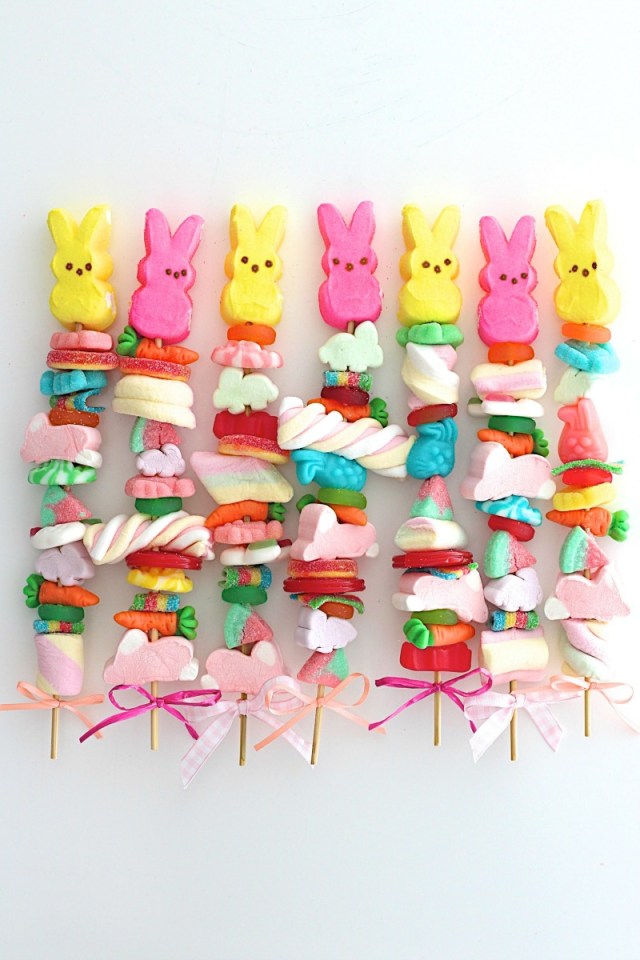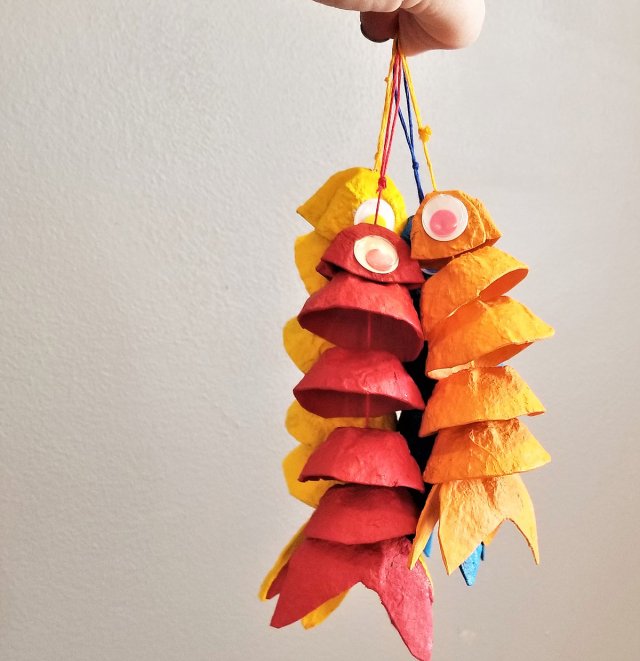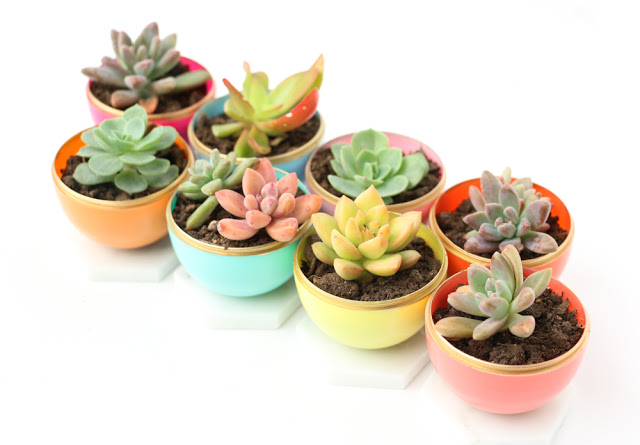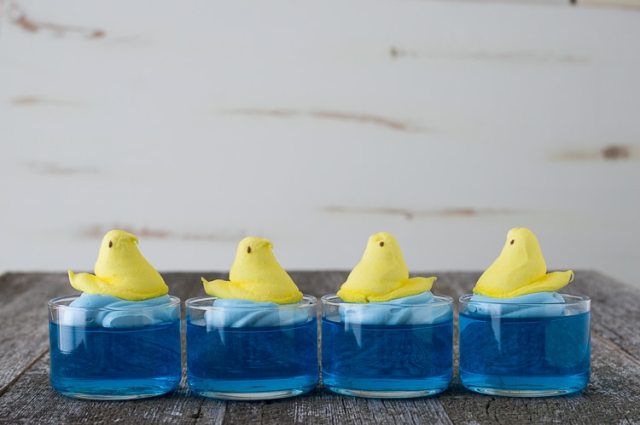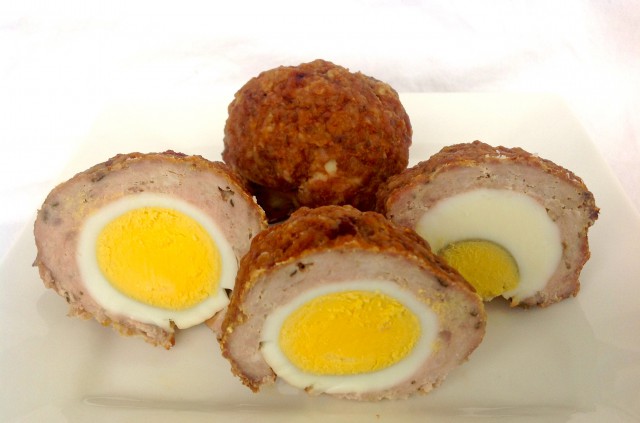
Photo: Storyblocks
In many ways, blended families are just like any “traditional” family. There are conflicts, chaos, understanding and a whole lot of love to go along with it. While there are many different definitions of a blended family, a blended family is any family in which there are people who aren’t traditionally or biologically related to each other. Whether that means an extended tree of relatives involved in your nuclear family, step-moms and step-dads, half-siblings—you name it! But no matter how your family is blended, the most important part of the phrase isn’t the blending—it’s the family.
Whether your blended family is newer or you’re simply looking for techniques to help your already existing family thrive, there are so many ways to improve your family’s function. Really, helping a blended family thrive has a lot in common with what you’d do to help any family thrive. While, of course, every family is unique, blended families are a part of that idea. There are so many ways you can ensure that you’re doing the best for your family and that they’re all participating in seeing your family thrive. Here are a few ways you can make that happen.
1. Be Patient
If your blended family is a more recent introduction to everyone’s lives, patience can be a virtue for everyone. A shift in your family can be a lot to adjust to, no matter how old you are, especially if you don’t have much of a say in the matter. Be patient with everyone who is spending some time and energy adjusting, and be patient with yourself, too.
2. Set Boundaries
Different families have different standards for boundaries, and when you enter a new family situation, it’s important to re-establish boundaries and communicate what makes everyone feel the most comfortable. Especially when it comes to kids living with new people while they begin to understand their autonomy, they should know that they have the right and responsibility to set the boundaries they need.
3. Work on Communication
Working on open communication is crucial in any family, but especially in a blended family, where people have different backgrounds, experiences, ideas and boundaries. You don’t always know how the different members of your family are used to talking about things, so it can be highly beneficial to talk about your feelings as a group and make sure everyone is comfortable and taken care of.
4. Have Family Meetings
One of the best venues for communication is the family meeting. Especially if you have a larger family, a meeting could be a great way to get everyone together in one place so everybody can be involved in communication and decision-making. Family meetings are some of the best places to talk about everything from big to small.
5. Give Space When Necessary
Families are close, but that doesn’t mean you always need to be on top of each other all the time. Whether you’re dealing with kids’ feelings, yours or your partners, space can sometimes be the answer to a lot of the anxieties and overwhelming situations that can come with a new family. Of course, families stick together through thick and thin, but people need space to process things, too.
6. Practice Autonomy
From bodily autonomy to setting boundaries, this one can be especially important for kids in a new environment. Even if you know everyone around you is safe and well-intentioned, it’s important to make sure your kids know they always have a say in what happens to them and that they can set the boundaries they need to feel comfortable.
7. Be Realistic
One great thing to keep in mind about blending a family is that not everyone will get along swimmingly all the time right away. Some siblings will fight like siblings, there might be disputes here and there and there might be some awkwardness. Blending doesn’t always mean that things are peachy. Families have rough patches, and it’s important to be realistic and not expect perfection.
8. Start New Traditions Together
One of the best ways to get families to connect is through traditions. This is a place where you can really have fun with things. You can take your traditions in any direction you want—from family game nights to camping trips, to special holiday activities. Traditions are a way for everyone to have fun together, and what could be more special than that?
Helping Your Blended Family Thrive
Helping your blended family thrive is a lot like you’d help any family thrive—with a whole lot of love, effort and communication. And while it might not always be easy, it’ll always be worthwhile when you see everyone connecting and building new relationships together. Whether you place emphasis on family meetings, new traditions or setting boundaries, there are so many ways you can build your family up, together.
Kara Reynolds is the Editor-in-Chief and founder of Momish Magazine. A mom of four and matriarch to her big blended family, Kara wants nothing more than to normalize differences in family structures. She enjoys peeing alone, pancakes, and pinot noir - but not at the same time.
